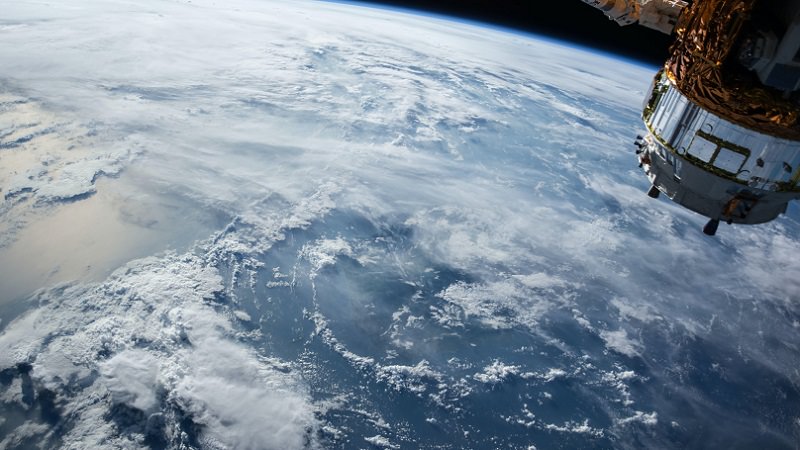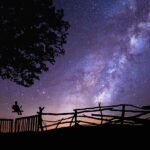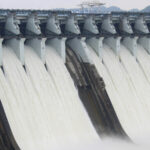Google Earth is a wonderful tool to discover the world. Thereby we make partly curious discoveries. Now a homeowner wanted the service to pixelate his property. The district court of Itzehoe made its decision – and did not grant the complaint.
We all have a right to protect our privacy. This applies even to public figures – like the german Chancellor Angela Merkel.
That’s why no one is allowed to take photographs with a telephoto lens in the garden or living room of private individuals and make the pictures publicly or privately accessible. All this is enshrined in the second article of the German Constitution in the general right of personality.
When two fundamental rights clash
However, it is often the case that in the event of a dispute, two different legal regulations come into conflict. On the one hand, there is the right of personality, for example, and on the other hand the right to freedom of information from the fifth article of the Basic Law.
For the judging judges the question then arises: Which right is more worthy of protection? Which right is more valuable in an individual case? This was exactly the problem facing the Itzehoe Regional Court (LG).
Specifically, a homeowner had sued Google for pixelating his house. The judges did not comply with this request in their ruling.
There is no fundamental right to pixelation on Google Earth
In their statement of reasons, they argue that neither persons nor other details from the private life of the applicant and his family can be seen on the relevant photograph.
In addition, the marker lands between four plots of land when the address is entered in Google Maps. A detailed allocation or even spying out is therefore not possible.
According to the judges, the pixelation desired by the house owner also leads to Google Earth being “rendered unusable”. The public interest in obtaining information should be taken into account in this case.
Although the judgement is not yet final, it seems clear: There is no fundamental right to pixelation. If personal details can be seen on the corresponding recording on Google Earth, however, the situation is probably different.










